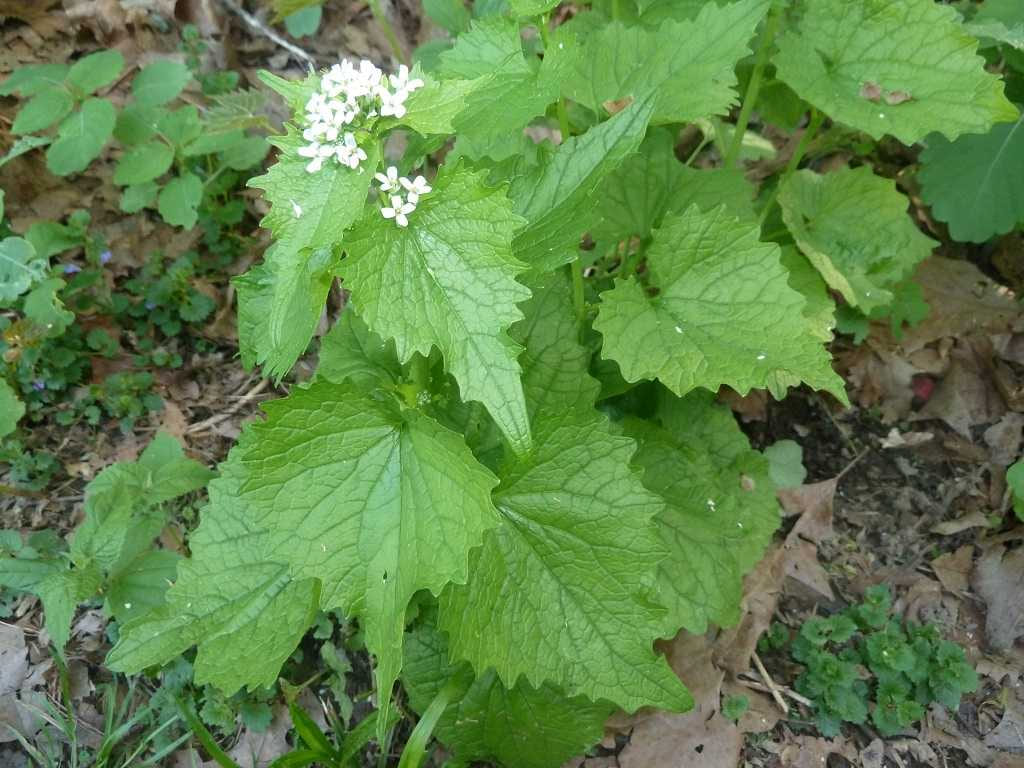Misunderstanding Breeds Hate
Garlic Mustard, that plant that is hated and despised by the masses. It has been called invasive, troublesome, a gardens worst enemy, an evil woodland weed, and an arch nemesis to all that is holy. And why is it evil? Because it is said to create monocultures, prevent the growth of other plants, drives away wildlife, and displaces and destroys native species by its very presence. It is interesting to note the existence of another species that does the exact same thing but on a much larger scale...
"A chaos theorist once remarked that it is relatively simple to find the fault in a design. It's harder to spot the assumptions that give rise to the fault. And it's hardest of all to identify the world-view that underlies it all."
And while we don’t want to downplay the large ecological impact that Garlic Mustard is having on our environments, we do want to put it into a different context by seeing it as a teacher. Where there is sickness, there are usually symptoms. Symptoms can be hated, they can be vilified, they can be fought against, or they can be learned from, teaching us about deeper maladies within. If we are to gain some understanding of what symptoms are pointing to, it would seem wise to gain some understanding of their underlying causes.
"The process of growth, which is the basic process of biology, is one in which lower orders are always being superseded by higher orders. The lower order can rarely figure out the nature of the higher order that is taking over. Therefore, the lower orders may see the higher orders as terrible threats, as total disaster, as the end of the world. "
Our own lawns and monocultured crops can also be teachers, for they too are symptoms that continually point to their underlying sickness. What is this current sickness? It is the underyling, almost imperceivable story of separation that is whispered into our ears at every turn. We can choose to hate Garlic Mustard, we can vilify it and fight against it, or we can approach it with a higher perspective, being willing to learn from it and allowing it to help us with our own sickness.
"Man is continually revolting against an effect without, while all the time he is nourishing and preserving its cause in his heart."
Garlic Mustard is a biennial flowering plant in the Mustard family that is able to thrive with minimal light exposure. This in turn makes the understory of hardwood forests a good place for it to set down its roots. It tends to crowd out other plants because it emerges long before other woodland plants, and on this side of the ocean it doesn’t seem to have many living things that enjoy eating it.
"To reject a part is to reject the whole; and to reject the whole is to reject itself... to cast out the foe is to cast out the friend."
But here lies an important point of imbalance, for if we could change our story, bringing balance to our own imbalanced part, perhaps then we may unknowingly contribute to greater balance within the whole. Imagine a world that has reawakened to what the ancients knew, that Garlic Mustard is not evil, but a very nutritious and healing vegetable, with large amounts of vitamins A, C, and E, as well as potassium, magnesium, calcium, selenium, iron, copper, manganese and omega-3 fatty acids. Imagine the masses not going to the supermarket to get pricey healthy greens, but rather to their nearest patch of Garlic Mustard, free and fresh nutrition for most of the year.

